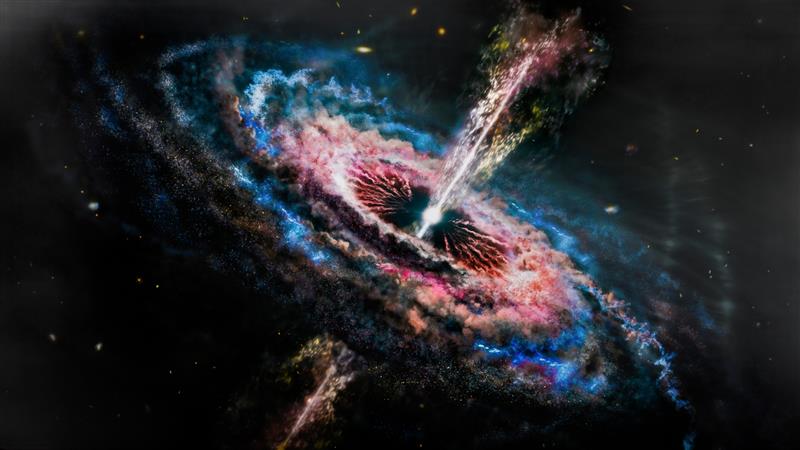
The largest collection of 2,000+ Type la supernovae, the Supernova Cosmology Project’s Union3 dataset, is questioning theories using AI-powered analysis, bringing scientists closer to solving the dark energy mystery that put the fate of the universe on the line.
By applying Bayesian Hierarchical Modeling to reconcile 24 astronomical studies, Union3 provides never-before-seen precision in tracking 7 billion years of cosmic expansion, all while AI simultaneously accelerates supernova detection and anomaly analysis.
With powerful computing and advanced statistical modeling, the team built a reliable, centralized source of over 2,000 Type Ia supernovae. The findings already hint at cracks in the standard Lambda cold dark matter (Lambda CDM) model.
For all one knows, these findings could rewrite our understanding of whether the universe will expand forever, collapse, or meet another destiny.
Fate of the Universe on the Line
Union3, the biggest supernova in the universe dataset, marks astronomy big data cycle. Due to some important advances in the storage and handling of data, scientists are now capable of accommodating enormous datasets from telescopes, satellites, and instruments worldwide.
Union3 combines data from 24 separate studies, reprocessed using a powerful statistical instrument, the Bayesian Hierarchical Model, to correct for subtle hardware variations, such as telescope filter drift. The method yields more precise results than past approaches.
The method’s advanced analysis is fundamental for tracking how dark energy changing affect the evolution of the universe over time. From the dataset, scientists can follow approximately 7 billion years of the history of the cosmos, using supernovae as “standard candles” to measure distance and speed of expansion across the universe.
AI now partners with space science, automating supernova detection, light pattern classification, and large-scale anomaly analysis. Such tasks are deemed too time-intensive for astronomers.
The smart tools, once used in detection of gravitational lenses and telescope imaging, are now being paired with Union3 workflows to increase discovery rates and identify rare events tied to supernova energy reviews.
Why Is It Important to Understand the Universe?
The universe’s fate hangs in balance. The Union3 dataset assists in answering questions regarding the possible future of the universe. Will it continue to expand indefinitely, slow down, or collapse altogether? The responses focus on the nature of dark energy, which constitutes 70% of the universe’s total energy.
“We think we really understand the calibration in a way no one has before, and we’re excited to add more supernovae and see what they can tell us about dark energy,” said Berkeley Lab physicist and study co-author Greg Aldinger.
With more accurate data, scientists can now compare competing theories of cosmic expansion and study the balance between dark matter mapping and dark energy.
Union3 is also a portal to next-generation missions. It paves the way for the unification of future supernova surveys from the Vera C. Rubin Observatory and the NASA Roman Space Telescope. The missions will place even more accurate data in the pipeline, opening doors to a deeper understanding of the discovery of dark matter and dark energy.
A Telecom-Level Data Project in Space Science
What is especially relevant to the world of technology is the design of Union3. Just as the telecom industry itself evolved with cloud infrastructure and AI-powered analysis, Union3 is an example of how modern cosmology rests on cross-platform data integration, statistical modeling, and scale-out computing. The work of the Supernova Cosmology Project is a space-science dataset developed following best practices in data science.
Union3 technology now allows scientists to detect confidently supernova expansion trends and match them with the overall picture of the universe.
“On the other hand, people are certainly sitting up in their chairs now that two separate techniques are showing moderate disagreement with the simple Lambda CDM model,” said Nobel Prize–winner Saul Perlmutter.
That conflict may mean dark energy shifting and if that’s the case, it places fate of the universe on the line and brings balance again.
Inside Telecom provides you with an extensive list of content covering all aspects of the tech industry. Keep an eye on our Telecom sections to stay informed and up-to-date with our daily articles.